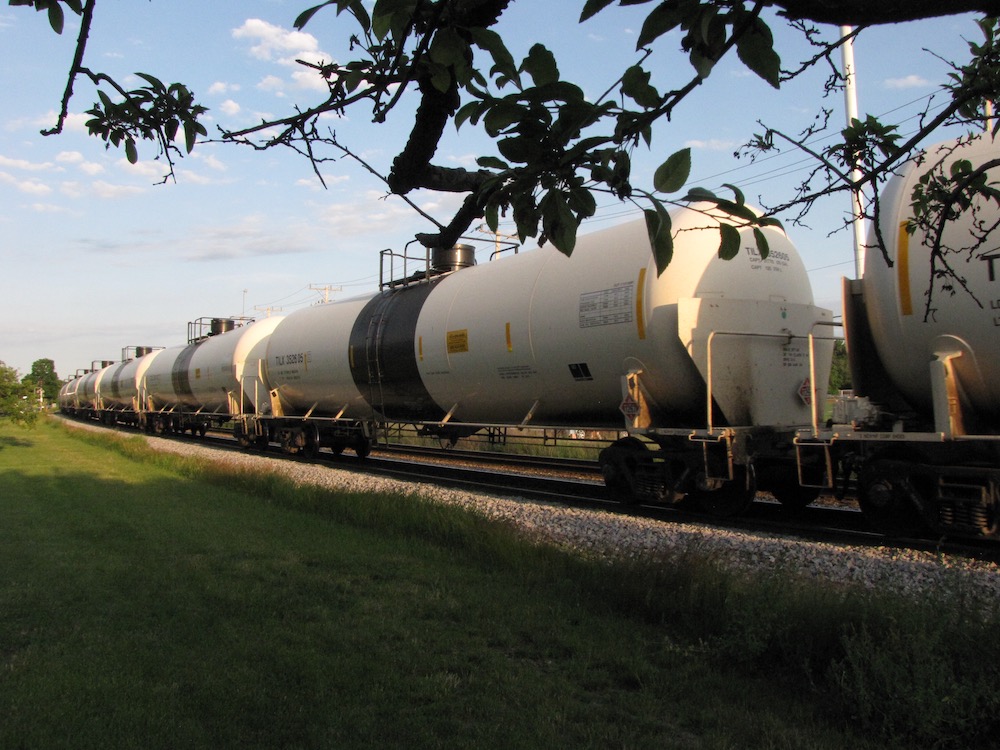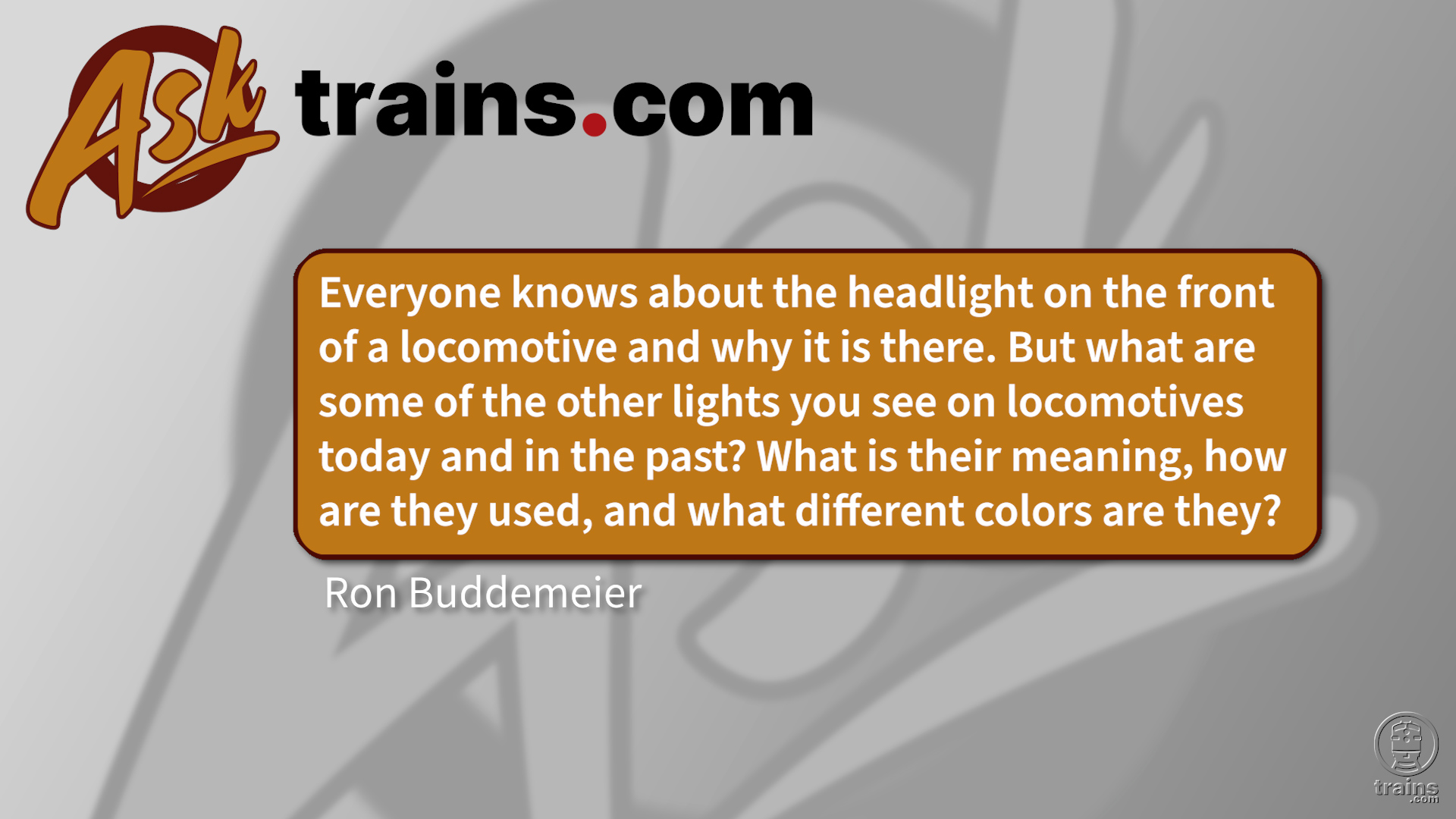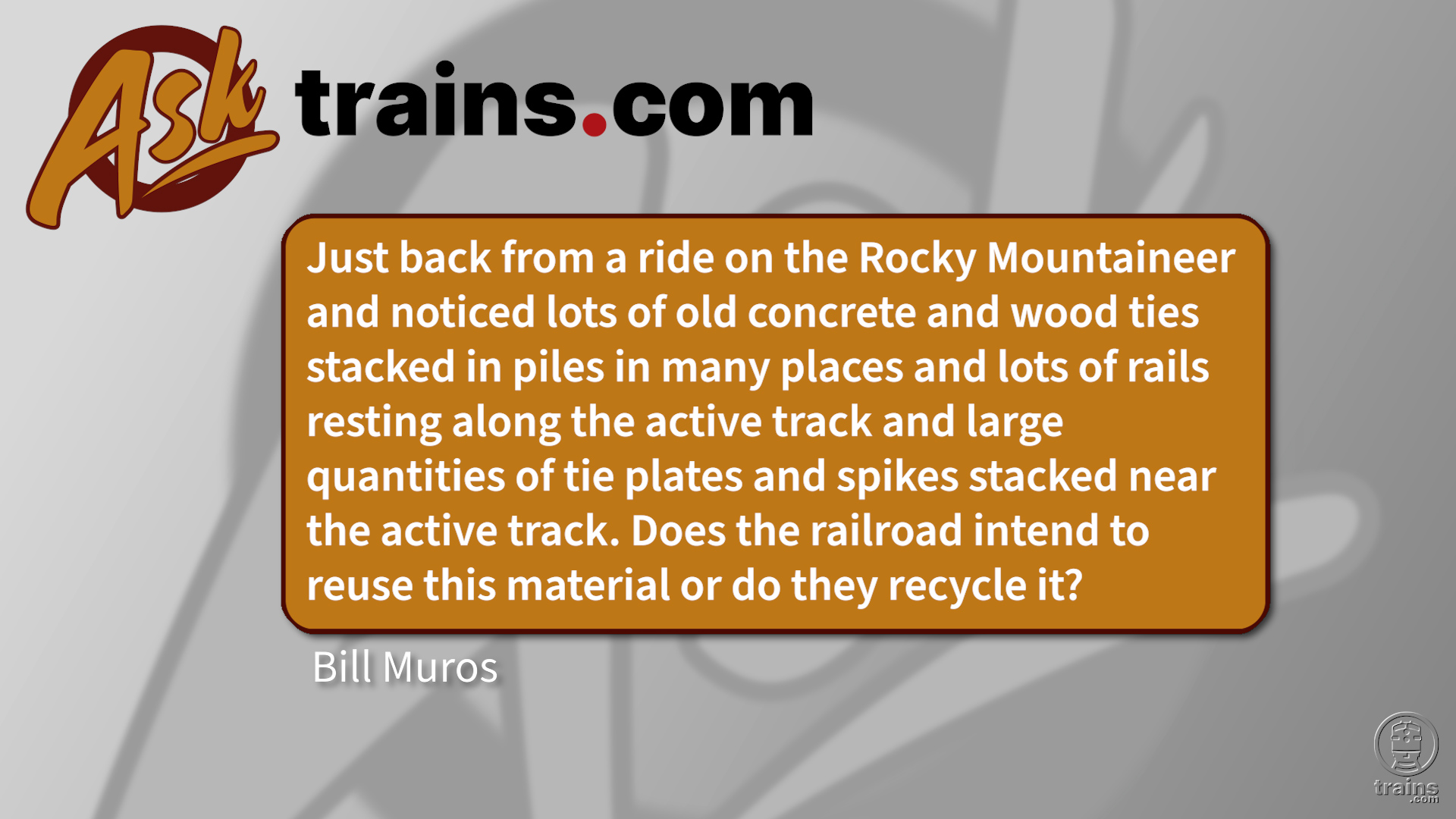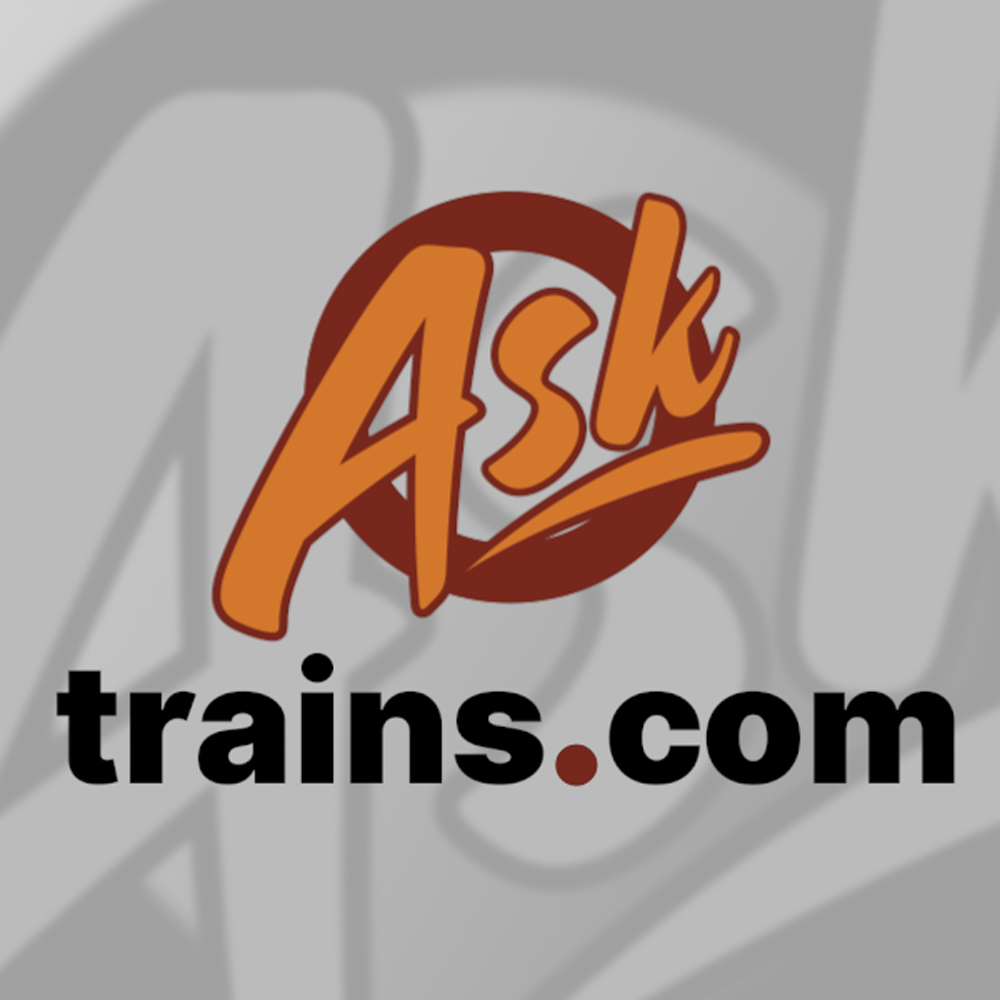— Dan Mirabelli, Neenah, Wis.
A The two-line m.u. setup was generally for 14EL-equipped units. They did not have an actuating line, just an independent application and release line, and a main reservoir equalizing line. The 26L brake equipment as originally designed had an F-1 selector valve to help mate the 26L unit with the older equipped units.
The four-line m.u. was indeed the standard three-pipe m.u. with the fourth being for air sanding. One side had the forward sand line and the other had the reverse sand line. A crew had only to hook up the brake pipe and one each MR, A&R, and actuating lines but both sand lines. This was generally found on 24RL-equipped units but has also been used on 6BL-equipped units.
— Ray Weart, Illinois Railway Museum volunteer, and the Southeastern Railway Museum













